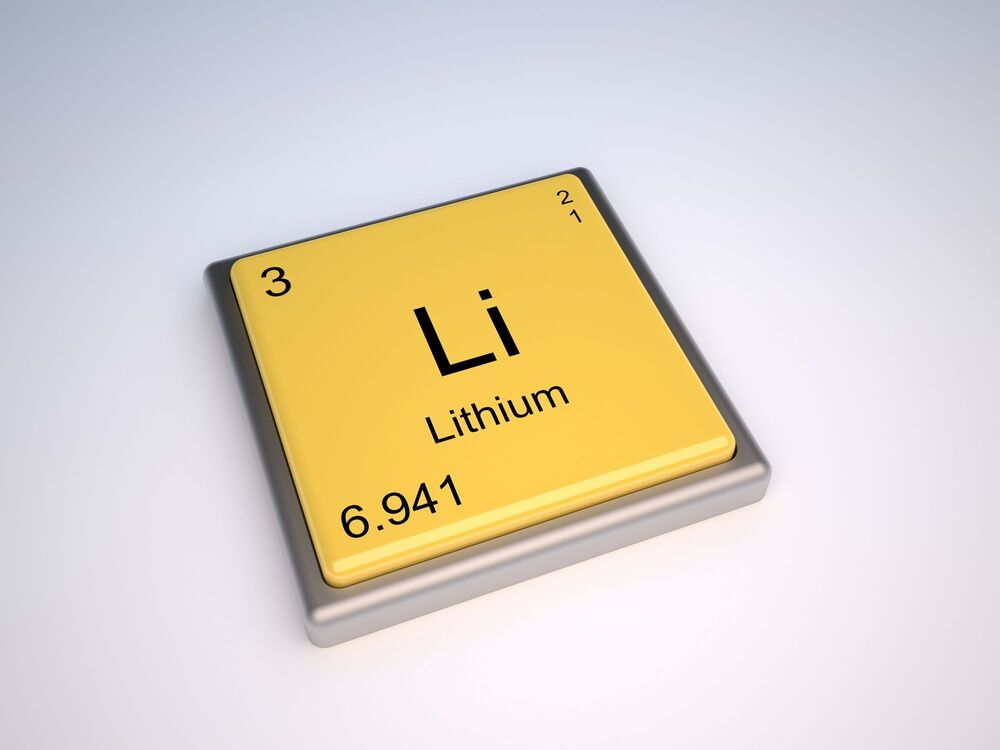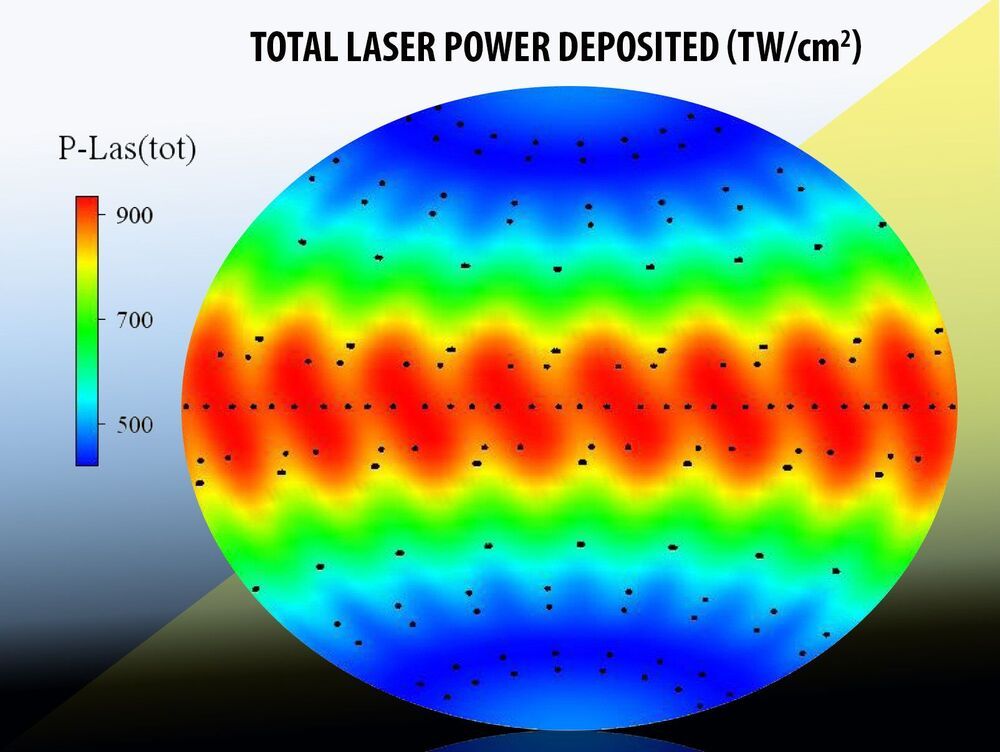Because it was, 62 years ago, the first fully reusable space vehicle, two stages, both reusable. The same concept of Virgin Galactic SpaceShipTwo.
X15 made 200 flights at suborbital altitude, 100 km.
Of course X15 was a military spaceplane, nothing like a civilian passengers transportation vehicle, yet the concept is important.
The first project of the Space Shuttle (Krafft Ehricke, early 70’s) was based on the same concept. But then such project was abandoned, in favor of a partially reusable machine, realized in 5 unic pieces.
We could have reusable launch vehicles since 40 years, at least.
Civilization could be well on its way of expansion in the solar system: Earth orbit industries, cislunar economy, asteroid materials use, producing fuel in space… topics for an ucronian novel?






